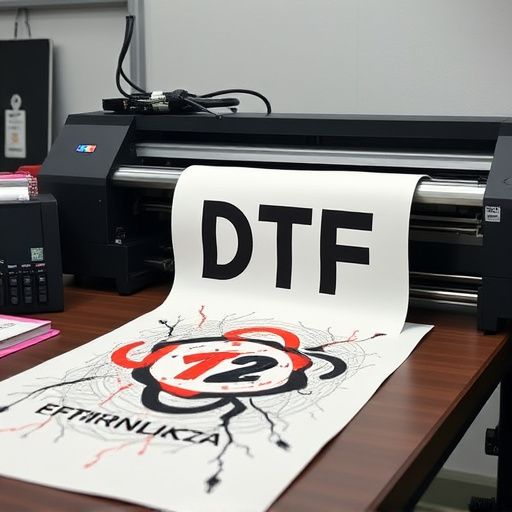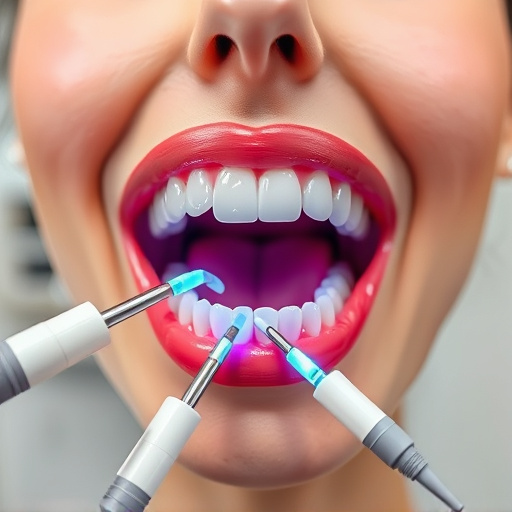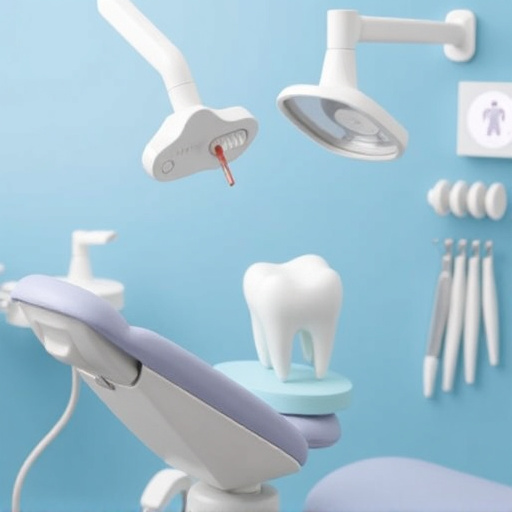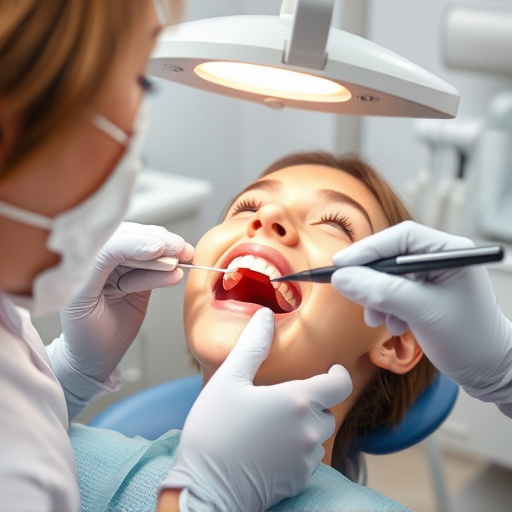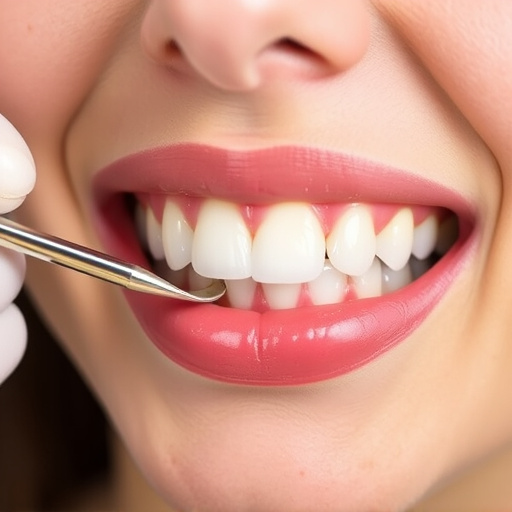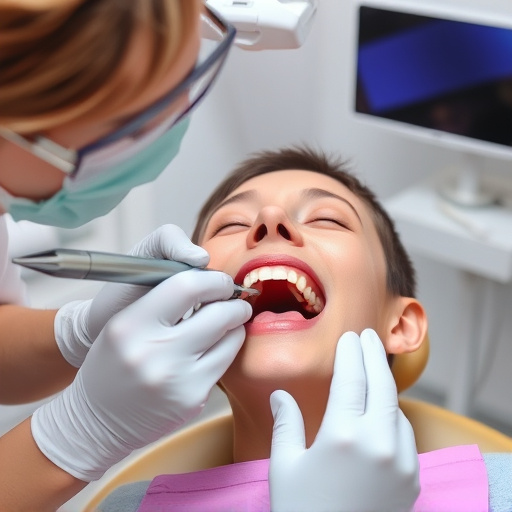Wisdom tooth extraction, increasingly popular due to minimal downtime procedures and advanced techniques like precise incisions and anesthesia, is commonly performed by dentists or oral surgeons for impacted or causing dental issues. Effective post-operative care, including rest, hydration, soft toothbrushes, salt water rinses, and regular dental cleanings, speeds recovery, reduces complications, and maintains smile aesthetics through cosmetic fillings or clear aligners. Comprehensive dental care emphasizes overall oral health.
“Looking for swift relief from wisdom teeth issues without lengthy recovery times? This guide explores efficient tooth extraction services, focusing on modern techniques designed to minimize downtime. We delve into the process, addressing common concerns that may arise during and after removal.
From advanced methods ensuring a smoother experience to practical post-operative care tips, this article equips you with knowledge. Discover how these strategies contribute to faster healing, allowing you to get back to your daily routine in no time. Optimal wisdom tooth extraction services are just a read away.”
- Understanding Wisdom Tooth Extraction: The Process and Common Concerns
- Modern Techniques for Minimizing Downtime After Wisdom Tooth Removal
- Post-Operative Care: Tips for a Smooth Recovery with Minimal Discomfort
Understanding Wisdom Tooth Extraction: The Process and Common Concerns
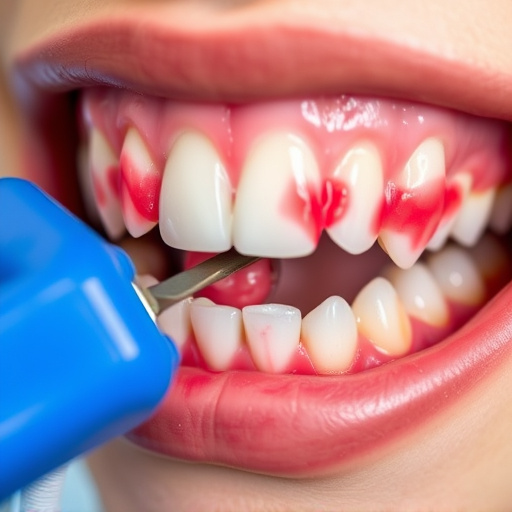
Understanding Wisdom Tooth Extraction: The Process and Common Concerns
Wisdom tooth extraction services have become increasingly popular due to the growing demand for procedures with minimal downtime. Also known as third molars, wisdom teeth often require removal if they are impacted, partially erupted, or causing pain and other dental issues. The process typically involves a dentist or oral surgeon who numbs the area around the tooth before removing it. This routine procedure aims to prevent potential complications like infection, damage to adjacent teeth, or cysts that can form around trapped wisdom teeth.
Common concerns surrounding tooth extractions include post-operative pain and swelling, but modern techniques and anesthesia options can significantly minimize these effects. In many cases, patients are fitted with cosmetic fillings or clear aligners after extraction to maintain the appearance and function of their smiles. Proper healing and follow-up care are crucial for ensuring a smooth recovery and optimal results from tooth extraction services.
Modern Techniques for Minimizing Downtime After Wisdom Tooth Removal
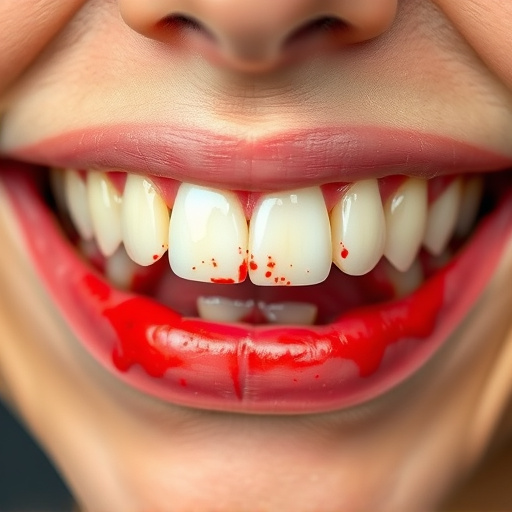
Modern techniques have significantly reduced downtime associated with wisdom tooth extraction services. One such method is the use of advanced anesthesia to ensure a comfortable and pain-free procedure, enabling patients to recover faster. Additionally, minimally invasive surgical approaches allow for quicker healing times compared to traditional methods. These modern techniques often involve precise incisions, careful extraction, and minimal manipulation of surrounding tissues.
Post-operative care plays a crucial role in minimizing downtime. Patients are typically advised on specific dental cleanings and restorative dentistry procedures like filling or root canal treatments, if necessary, to maintain oral health during the recovery period. Prompt post-op care, combined with modern extraction techniques, can significantly reduce potential complications and help patients return to their regular routines sooner.
Post-Operative Care: Tips for a Smooth Recovery with Minimal Discomfort
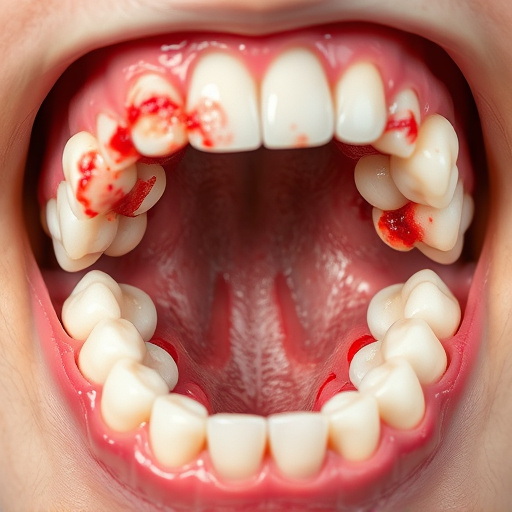
After a wisdom tooth extraction, proper post-operative care is essential for a smooth recovery with minimal discomfort. It’s crucial to follow your dentist’s specific instructions regarding rest and activity levels during the healing process. Typically, this involves resting for 24 hours after the procedure to reduce bleeding and swelling. Staying hydrated by drinking plenty of water and avoiding alcoholic beverages or hot liquids as recommended by your dental care provider is key.
In addition, maintaining good oral hygiene becomes even more critical post-op. Gently clean your mouth using a soft-bristled toothbrush and salt water rinses to keep the extraction site clean and promote healing. Avoid strenuous tooth brushing near the extraction area until advised otherwise. Remember, comprehensive dental care involves both preventive measures like regular teeth cleaning and addressing any existing issues through tooth repair services, all of which contribute to faster recovery and overall oral health.
Wisdom tooth extraction no longer needs to be a lengthy process with significant downtime. Modern techniques and careful post-operative care can greatly enhance recovery, allowing you to get back to your daily routine promptly. By understanding the procedure, addressing common concerns, and following expert advice, you can experience less discomfort and faster healing. Opting for advanced tooth extraction services ensures a smoother journey towards a healthier mouth.





